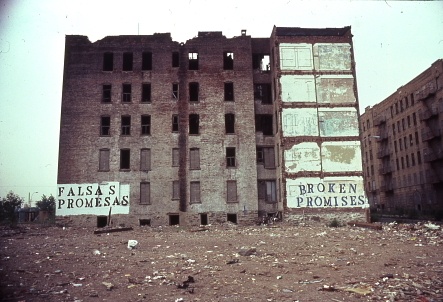Decoding, Understanding and Participating in a Language of Images
Why is this important? As artists we create because we are so moved to action that we must create. The seventh grade students of Visual Arts explored the topic of change and art in context. In other words, they examined why art is significant and its impact on themselves and others.
Every year I explore the idea of "what is art?" It's actually a pretty challenging question and it seems that every year it evolves and changes. Students come up with different ideas about what we consider art and that's because it's always evolving. One thing that stays consistent is the idea that art is ACTION. You must do something...you must care enough to feel the need to make, create, design.
“Photography is a foreign language everyone thinks he speaks.”
– Philip-Lorca di Corcia
Once an art work is created it continues to evolve and change based on its context. Art is never stagnant. The influences and experiences that affect how an image is interpreted is outside the artist's control. It can have more relevance depending on what's happening in the world or even what's happening with the viewer when a work has the perfect confluence of connection to the artist, timing, and location.
Art should be personal enough that the creator connects to it, yet universal enough that others can connect to it. Seventh grade artists were introduced to our street art unit by viewing a singular image to prompt a discussion on the topic of exploration: "By sharing my ideas I can highlight issues of injustice and prompt cultural change in my community, imagining a hopeful future." As a teacher I knew where I sourced the image, I knew when it was created and I knew the loaded history that it involved. But as someone who does not speak Spanish I did not understand the text on the left, yet I knew what it meant based on the visual clues and context.

My students were missing much of that, but they had a bit of information I was lacking; our students all speak Spanish and many are even native speakers. Though I might have information they lack, they also have something I lack: the perspective of youth and the ability to know and understand another language. Together we were able to decode the image and come to an agreed understanding.
Through this experience I learned what resonates with students in 7th grade art classes, what's important to them, and that not every student shares the same collection of ideas. This is something we all may read and think, "of course, this is obvious!" But are we always listening?
The students thought the image was of an old warehouse taken years ago somewhere in faraway Mexico or perhaps near the Mexican/American border. In fact, the image was actually taken in the Bronx. Discussion about the photo led to conversation about Donald Trump, building walls and exclusion. When I asked them if this was art many thought it was not, but maybe the photograph could be considered art. But would the photo have as much power without the words? If not, then why wouldn't the words be seen as a work of art as well?
I wonder what they will think now as new issues begin to arise such as economic growth and development, exclusion, and inclusion.
The point of this exercise was to open up a dialog about the visual clues and the information from this bit of "visual text." Notice the time it must have taken to create the strong contrast of the white against the black letters on that brick wall. Notice the letters are not hand written, but in fact were created using a printmaking technique of stenciling. In this technique the creator must first individually cut out each word as a negative before installing it on the wall as a positive.
The creator of this piece did in fact know something. They knew that by creating contrast it would grab your attention; they knew a specific technique of application; and they knew that by placing these two juxtaposed words in this particular context – on opposing sides of a crumbling building – it may in fact open a discussion in a place of turmoil. The message is not subtle, it is a strong attack technique meant to grab your attention called "bombing"...yes, bombing, similar to what looks like happened to this building. The artist was reacting and prompting a visual discussion with willing (and maybe unwilling) participants. Did this change anyone's thinking? I'm not sure but it did allow for deeper discussion with a group of students more than 20 years after the piece was completed.
Following this image I shared another image... the Metro North Railroad Map. First, students were asked to identify what the map was. They then pinpointed our current location and how many stops we were to this building. Students then tested their map skills while processing their own experiences.
I wonder what they will think now as new issues begin to arise such as economic growth and development, exclusion, and inclusion.
When it comes down to it this exchange is really about change, adaptability, open-mindedness, and being willing to be part of the discussion. We all must be mindful that we may not all hold the same set of experiences and knowledge but that together we might be able to participate in a conversation that may in fact change our thinking. What power that singular image holds!
I would encourage all to consider and reconsider what images are being shared amongst the 3 trillion images created annually. Are all of those really worthy of being shared? And who gets to decide?


